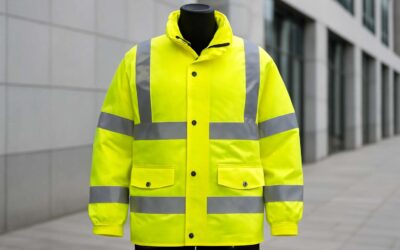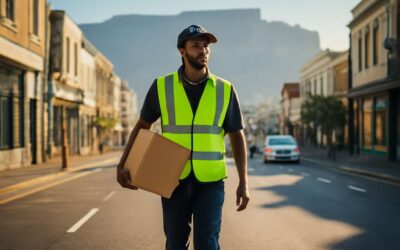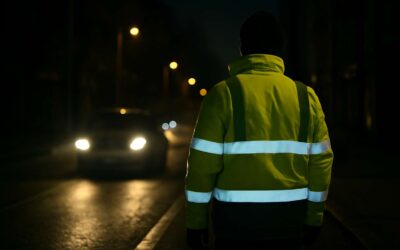
Whether you’re going on a tour, or you’re just looking for an outfit that will keep you visible at night, high visibility jackets are a great option. They’re lightweight, breathable, and durable, and offer unrivaled performance for high-visibility clothing.
Luminex range of fabrics offer unrivalled performance for high-visibility clothing
Luminex offers a range of fabrics that offer unrivaled performance in a variety of different situations. They are suitable for a wide range of applications including work wear, safety apparel, and more. They also come in three colour options that are sure to suit your needs. They are lightweight and durable. They are also adjustable and able to stand up to the test. They are also the best choice for your next high visibility clothing project.
The Luminex aficionado is sure to be pleased with this selection. They have a fabric that is not only light in weight, but is also durable and comfortable to wear. The performance of the Luminex fabric is further enhanced by the innovative fabric technologies used in the production process. These include antistatic, crease resistance, and flame resistance. They are all backed by a warranty that ensures your garment meets label specifications.
Luminex has a number of other high visibility clothing offerings that are also available. Some of these include ZOJO High Visibility Safety Vests, which are suited for a variety of different outdoor environments.
Made of lightweight, breathable, and sturdy polyester
Whether you are looking for a tank top, workout leggings, or a sweatshirt, it’s important to choose the right fabric. While cotton is probably the most commonly used material in clothing, polyester is also a sturdy, lightweight and breathable alternative. However, not all polyesters are created equal.
Polyester has long been a hot topic of debate. Some athletes wonder if it really is as breathable as it claims to be. While many of them can’t get enough of the material, the question of which polyester is the best may not be as easy to answer.
While it’s certainly not the cheapest, polyester is a good choice for outdoor activities. It can withstand extreme heat and cold, and is durable enough to handle a few washings without tearing.
There are a lot of polyester fibers to choose from. The COOLMAX is a great example. It’s a lightweight hydrophilic polyester with four wicking channels that allow moisture to evaporate quickly.
While not all polyesters are created equal, the COOLMAX is the most impressive. You’ll also be pleased to know that it’s recyclable.
Class 1 garments offer minimum amount of high-visibility materials
ANSI Class 1 garments are the lowest level of visibility available to workers. They have a horizontal band of retroreflective material around the torso. These garments are not appropriate for workers performing road construction or warehouse work.
ANSI Class 3 garments are the highest level of visibility available to workers. They allow for greater distances to be observed without having to look at the background. They are also suitable for flaggers and survey crews. They can be combined with Class 2 or Class 3 tops. They can also be worn during nighttime flagging. They are also suitable for emergency responders and utility workers.
ANSI/ISEA 107 is a voluntary industry consensus standard that was published in 1999. It provides practical instruction for the design, manufacturing, and use of high visibility safety apparel. Its goal is to help employers ensure that employees are provided with proper protection. Its guidance applies to all types of workplaces, including roadways, railways, and public facilities. The standard is incorporated by reference into other standards and regulations.
Safety rules for wearing high-visibility clothing
Whether you work in a construction zone or along a roadway, it is important to wear high-visibility clothing when exposed to traffic. This will improve your visibility and reduce the risk of injuries.
The Federal Highway Administration (FHWA) has set safety standards for high visibility apparel. These rules apply to workers in the right-of-way of a Federal-aid highway. They also apply to maintenance and construction workers, paving and landscaping workers, flaggers, surveyors, emergency responders, and utility workers.
The FHWA regulations include specific performance requirements, including the color, background materials, and minimum areas of retroreflective materials. They also recommend the configuration of materials for maximum reflectivity. These rules apply to both Performance Class 2 and Class 3 garments, which are considered the minimum level of protection for workers.
High-visibility apparel can be purchased at many work wear stores. It’s a good idea to choose the garment that best suits your needs and environmental conditions. It’s also important to follow proper care guidelines to ensure the maximum reflectivity.



0 Comments